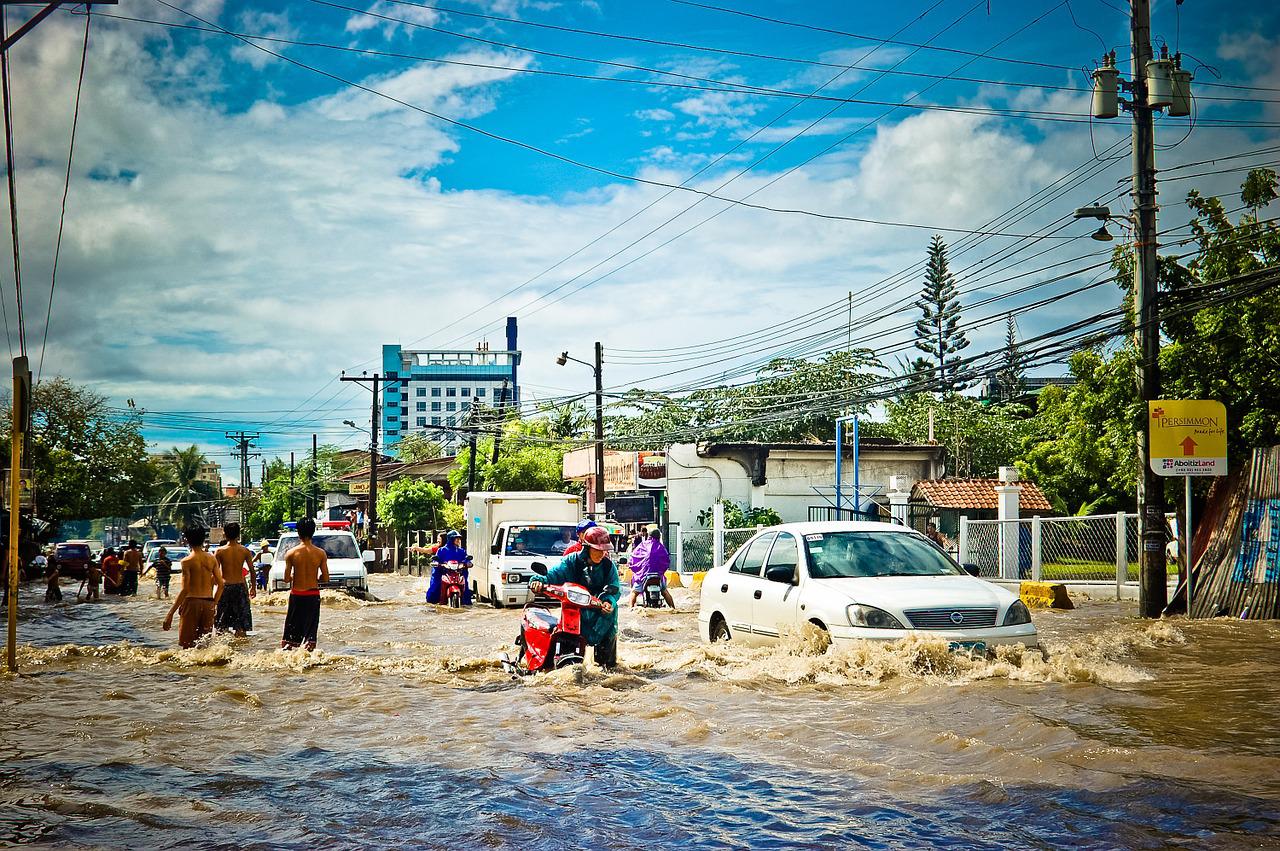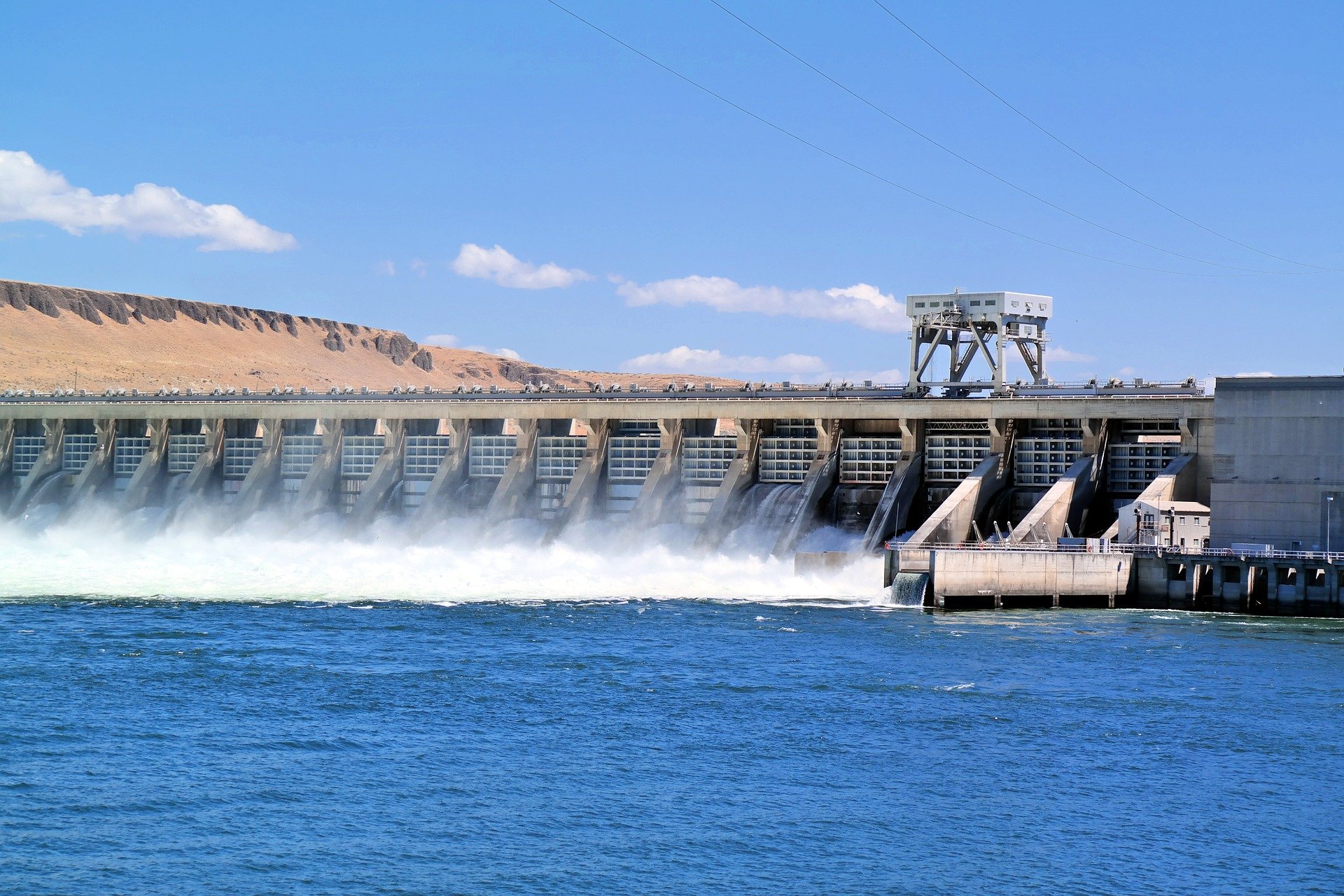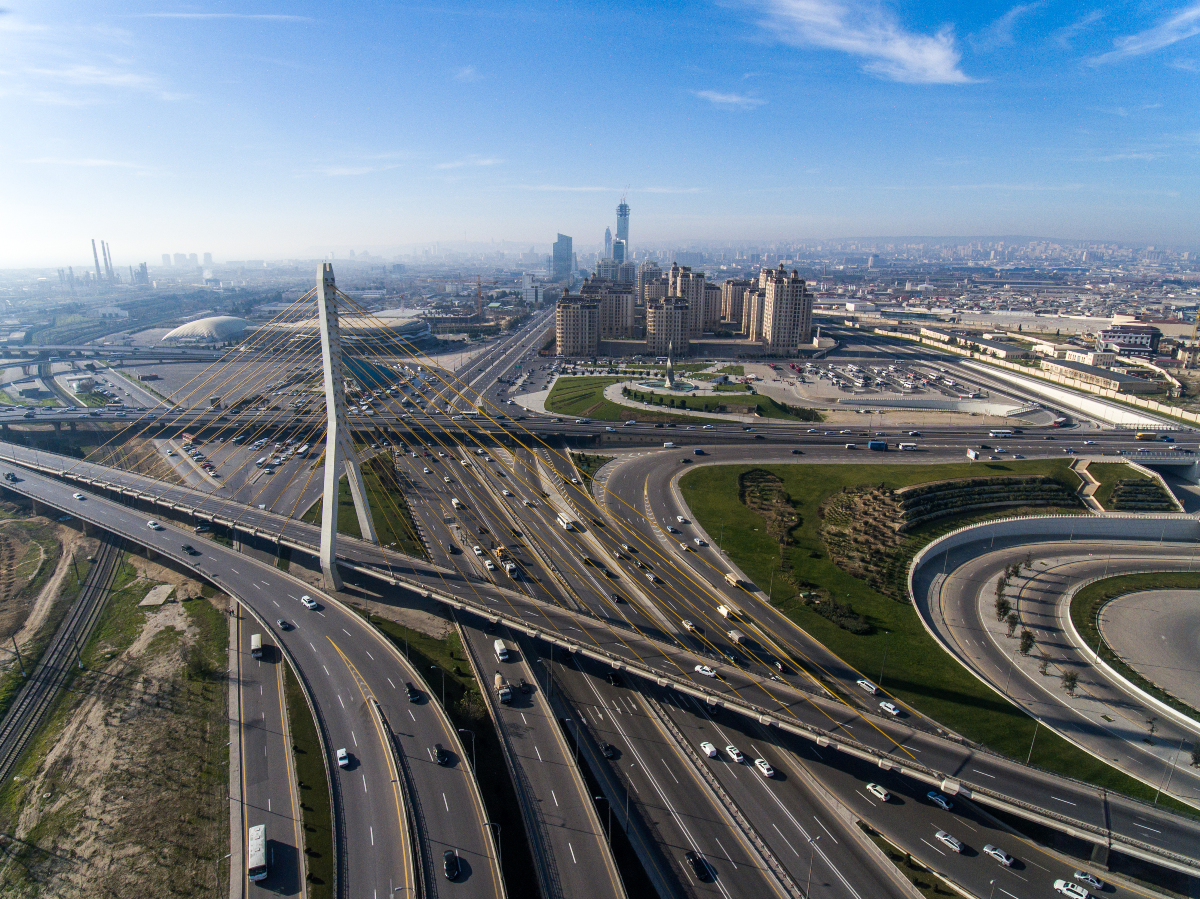.jpg)
Strengthening the Standards for Safe and Resilient Transportation Infrastructure in the Philippines
The Philippines, being archipelagic and located in the pacific ring of fire is very much exposed to various natural and anthropogenic hazards. Often, the impacts of these hazards are exacerbated by climate variability and poor local development planning. As a result, vulnerable sectors and communities are more exposed to hydrometeorological events such as extreme typhoon, flood inundation, drought, and sea-level rise among others incurring multi-sectoral damages and economic loses.
Participating in this Masterclass on Disaster Resilient Infrastructure Standards and Certifications provided a holistic framework and systematic approach in incorporating climate-adaptive infrastructure standards such as SuRe and ISO 14090 in the formulation of development plans and infrastructure projects in the transportation sector in the Philippines. Both of the standards discussed in the masterclass were comprehensive. It provided emphasis on environmental management with considerations on climate change adaptation efforts over the short, medium, and long term. In other words, these set of standards can help an organization in enhancing its understanding of climate risks, disaster resilience, and adaptation strategies in support of the Paris Agreement and the UN Sustainable Development Goals.
Although there are limitations in using asset level standards and labels particularly on the flexibility of fair market values of materials/properties, as well as the failure to account for life cycle assessment of materials and assets, and the exclusion of intangible parameters such as social acceptability, values, norms, equity, governance and institutional capabilities. These infrastructure standards could be further improved with the inclusion and integration of indicators pertaining to institutional capacities, social acceptability and equity in the overall framework. This is to ensure that all infrastructure developments and projects adheres to the general welfare, aspirations, needs, and commitments of the people and the community in general. Sections addressing knowledge and capacity development needs must be enhanced. Another aspect would be on the methodological aspect of reviewing policies, strategies, and plans to ensure that there is “line of sight” right down to implementation in the community level and ensure that decision makers are confident enough that their decisions are in the correct policy context. Furthermore, mechanisms and initiatives in reviewing economics rules that mitigate against longer-term resilient and adaptation decisions must be established, institutionalized, and mainstreamed.
Meanwhile, the resilience in the transportation sector can be best modernized by the application of the principles of risk mitigation, accessibility, and mobility. This could reduce poverty and facilitate multi-stakeholder participation in economic, social, and political processes. Likewise, the application of green infrastructure standards certification and climate-smart solutions in reducing the environmental footprint of the transport sector must be prioritized to enable system efficiency in meeting transport demand and in promoting seamless movement of people, services, and goods. Furthermore, the safety across all modes of transportation must be promoted by implementing measures to reduce fatalities, injuries, and crashes from transport mishaps and by building back better during disaster recovery and rehabilitation activities.
By Evaristo Nino T. Cando III, Assistant Professor, UPLB School of Environmental Science and Management, Philippines
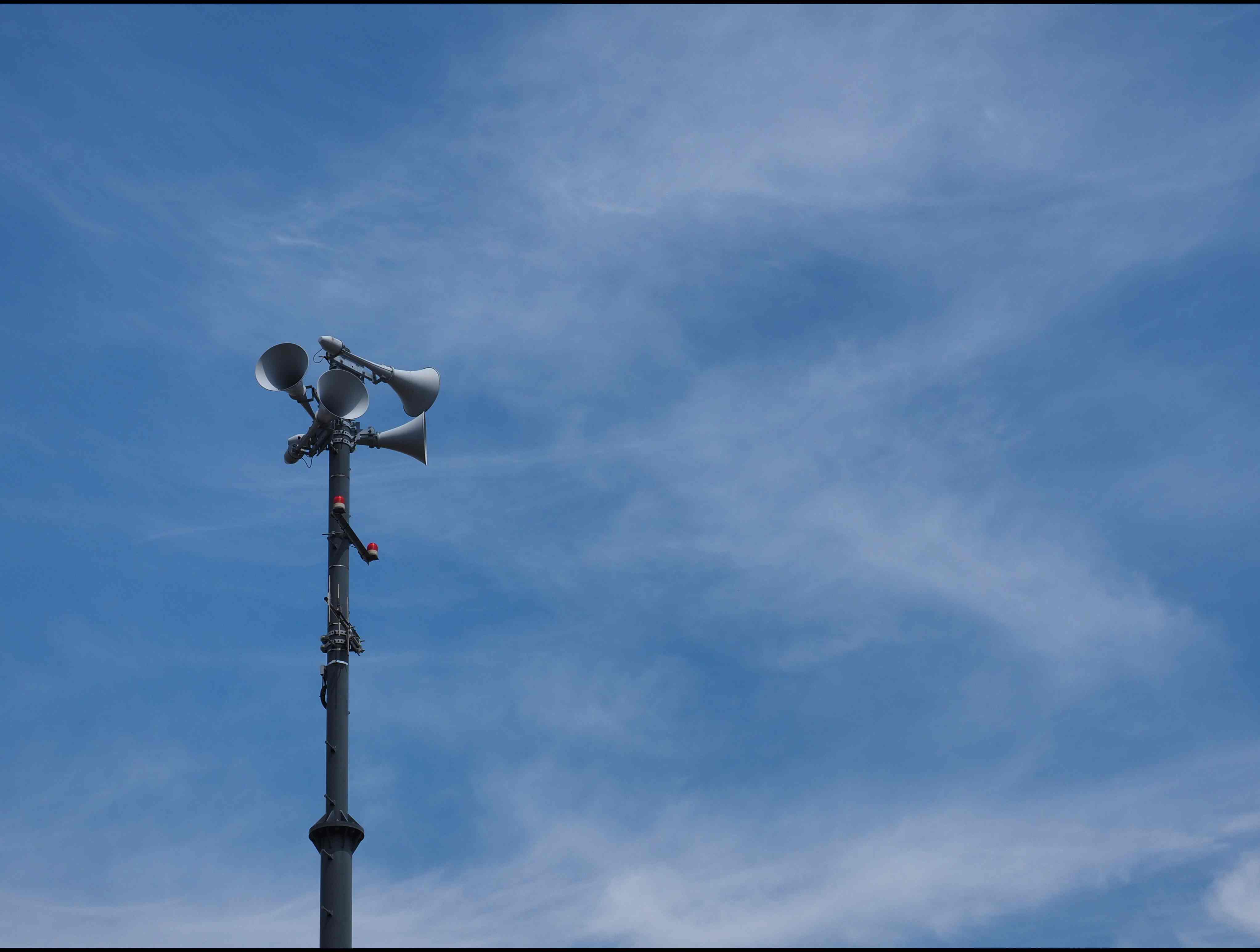

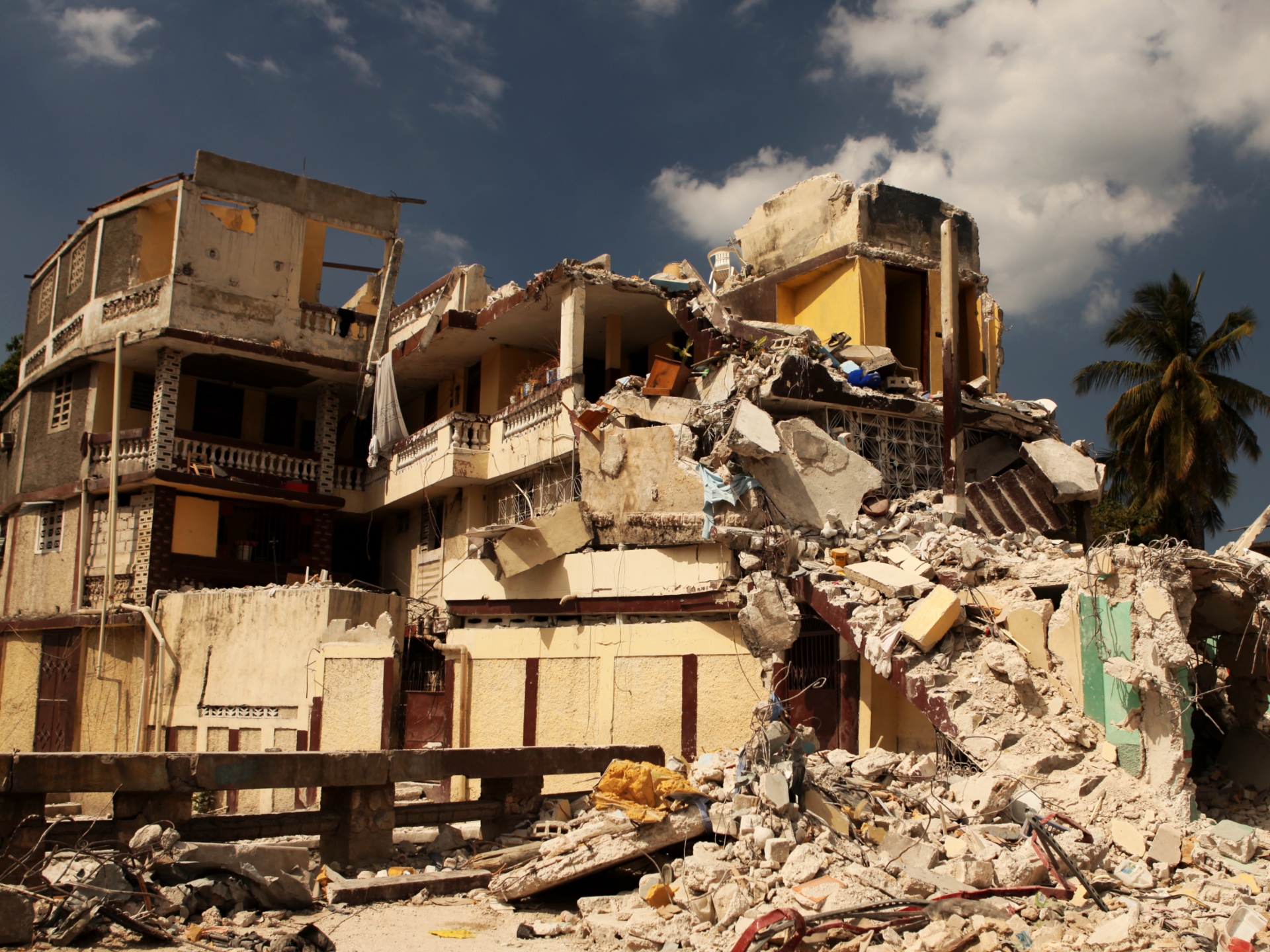
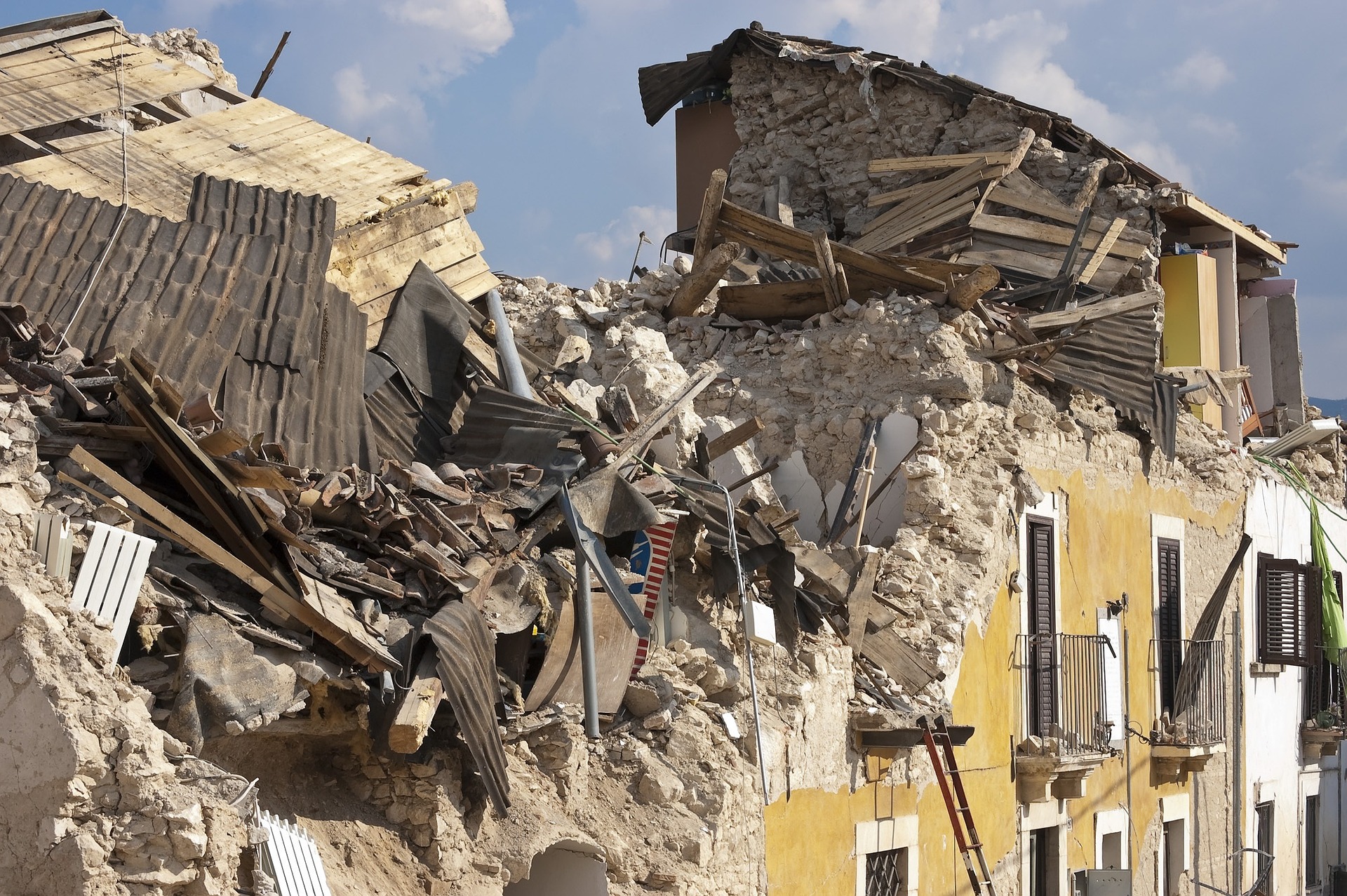
.jpg)
